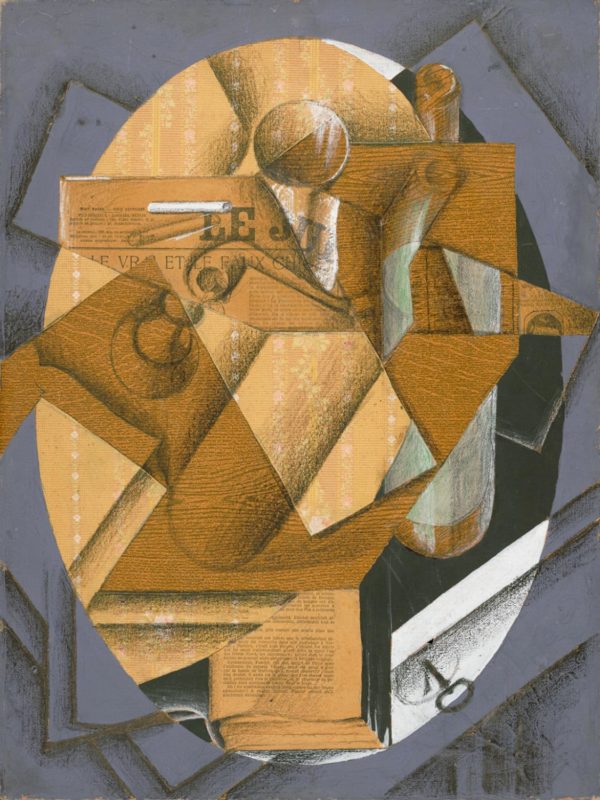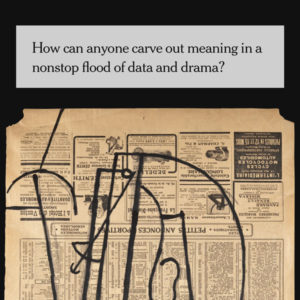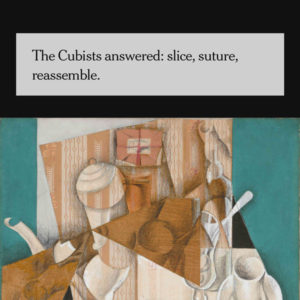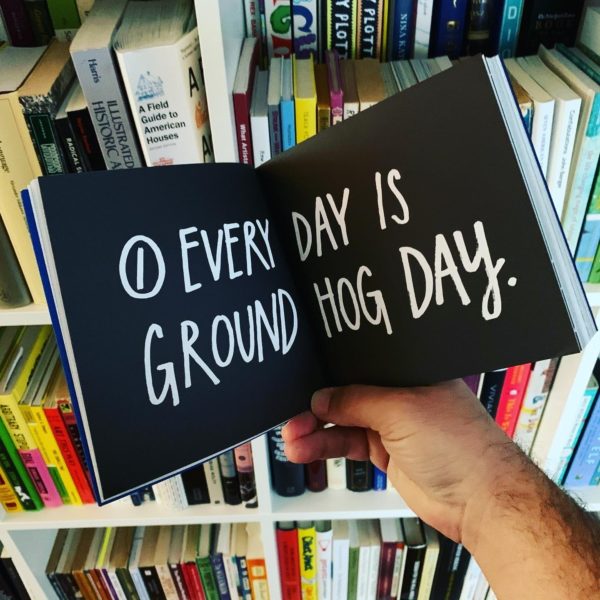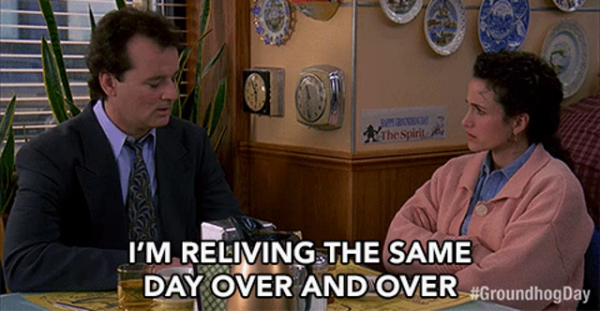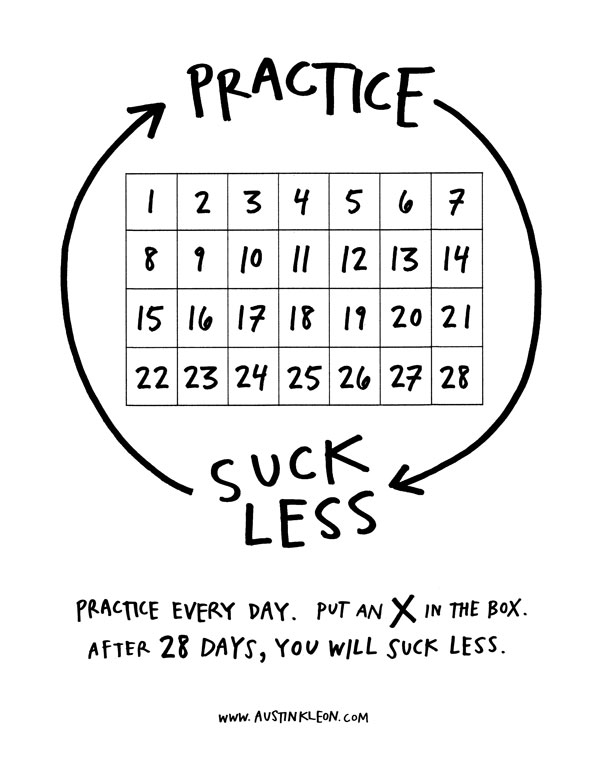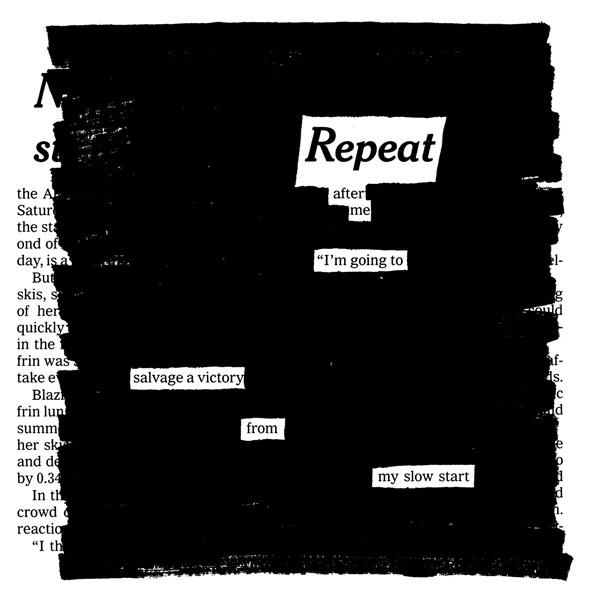I really liked Derek DelGaudio’s new film directed by Frank Oz, In and Of Itself. (If you haven’t seen it, don’t read anything else about it, just go watch it.) I asked my friend, filmmaker and screenwriter James Francis Flynn, to make me a list of stuff to watch related to magic, illusion, and con artistry. Below is what he sent me.
* * *
The Prestige
DelGaudio was a consultant on this 2006 Christopher Nolan film about rival stage magicians in turn of the century London.
Deceptive Practice: The Mysteries and Mentors of Ricky Jay
A 2012 documentary about Ricky Jay, the famed magician, author, and historian, and those who inspired him to take up those trades.
Ricky Jay and His 52 Assistants
A filmed stage show of Jay’s incredible sleight-of-hand work, directed by David Mamet.
House of Games
David Mamet’s directorial debut, which follows a successful author who becomes drawn into the underground world of card cheats and con artists.
The Sting
During The Great Depression, two professional grifters, played by Paul Newman and Robert Redford, plot to rip off a Chicago mob boss.
An Honest Liar
2014 documentary about James Randi, magician and professional skeptic who made it his life’s work to expose pseudoscientists, psychics, and fakes of all kinds.
Penn & Teller: Bullshit!
Showtime series wherein the magic duo often exposed cold readers, quacks, and scammers. As Penn said in the first episode, “Sure, we lie, cheat, and swindle; we’ve been known to deal in a bit of bullshit ourselves…One important difference: We tell you we’re lying.”
* * *
 James Francis Flynn was born and raised in Oxford, Ohio. I met him when we were students at the Western College Program at Miami University. James currently works in TV and film and lives in Los Angeles with his wife and kids. Check out his latest short film, Social Distancing in Los Angeles, and his website: jamesfrancisflynn.com.
James Francis Flynn was born and raised in Oxford, Ohio. I met him when we were students at the Western College Program at Miami University. James currently works in TV and film and lives in Los Angeles with his wife and kids. Check out his latest short film, Social Distancing in Los Angeles, and his website: jamesfrancisflynn.com.


